The expressway is expected to be designed at 80 km/h, 100 km/h and 120 km/h. In mountainous areas and difficult areas, it can be designed at 60 km/h to reduce investment costs.
The Ministry of Transport is seeking comments on a draft circular promulgating national technical regulations on highway design. This is the first time the Ministry of Transport has developed mandatory standards, replacing current highway standards. In addition to the three design levels mentioned above, the Ministry also proposed to study special design levels above 120 km/h.
The minimum speed of 80 km/h is only applicable to areas with difficult terrain (such as mountainous areas, high hills) or in cases of investment divergence. When choosing the highway level, it must be based on terrain, planning and approved by competent authorities on the basis of research and evaluation of economic , technical and social factors.
For particularly difficult locations, the draft allows for a reduction in design speed to reduce investment costs, but in no case less than 60 km/h. Speed changes must be implemented gradually on the route and appropriate signaling must be arranged. Speed change locations must be studied to ensure suitability for the terrain, easy recognition and convenience for drivers.
On a highway, there may be sections with different levels applied (including sections with investment phases considered), but must ensure uniformity along the length of each section.
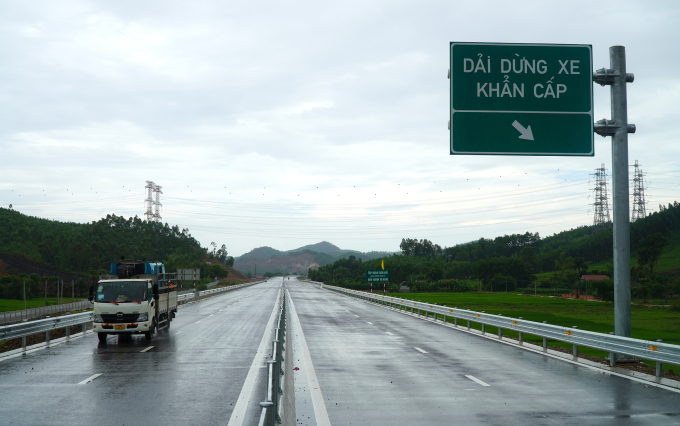
Nghi Son - Dien Chau Expressway (phase 1) through Thanh Hoa and Nghe An has an emergency stop strip. Photo: Le Hoang
According to the drafting committee, the design speed of the road is used to calculate technical indicators. This speed may be different from the permitted speed of the management agency because the speed is determined depending on the actual condition of the road in terms of weather, road surface roughness, traffic volume, etc.
The draft circular also stipulates that a complete highway must have at least 2 lanes in each direction. A median strip must be arranged on the road to separate the two directions of traffic on the road, and safety strips must be arranged on both sides of the road to stop vehicles when necessary. Bridges on the highway must have all the cross-sectional elements as on the adjacent road, and the width of the bridge must not be narrower than the width of the adjacent road.
The draft circular stipulates that tunnels with a length of less than 1,000 m do not need to have emergency stops. Tunnels with a length of 1,000 m or more must have emergency stops at each section at least 30 m long and a maximum of 500 m apart, with the width of the stopping lane depending on the level of the highway.
Along the highway, service facilities must be arranged for customers. From 15 km to 25 km, a parking lot is arranged along the route outside the roadbed, where road users can stop to rest, sightsee and maintain their vehicles. From 50 km to 60 km, a technical service station is arranged to provide fuel, charging, minor repairs, motels, toilets, and restaurants. From 120 km to 200 km, a large rest stop is arranged with the ability to repair vehicles, provide fuel, charging, restaurants, hotels, tourist offices, transit instructions, etc.
Commenting on the draft circular, some opinions suggested that the Drafting Committee consider adding a design level higher than level 120 because the automobile industry in Vietnam has now developed, similar to other countries in the region and the world, and at the same time, specify more clearly the design speed and operating speed.
Regarding investment phasing, experts suggest that newly built expressways can be invested in phasing when the planning is larger than the minimum level in terms of design speed, cross-sectional scale, etc. In case the planning is at the minimum level, the project will not be invested in phasing.
Currently, the country has nearly 1,900 km of expressways. According to the plan, the transport sector will complete 3,000 km by 2025 and basically complete 5,000 km by 2030. In September 2023, the Prime Minister requested the Ministry of Transport to urgently develop expressway design standards as a basis for planning, designing, investing in construction and managing the expressway system and connecting intersections. This is also the basis for determining investment rates and mobilizing investment capital to build expressways to ensure transparency and efficiency.
Source link





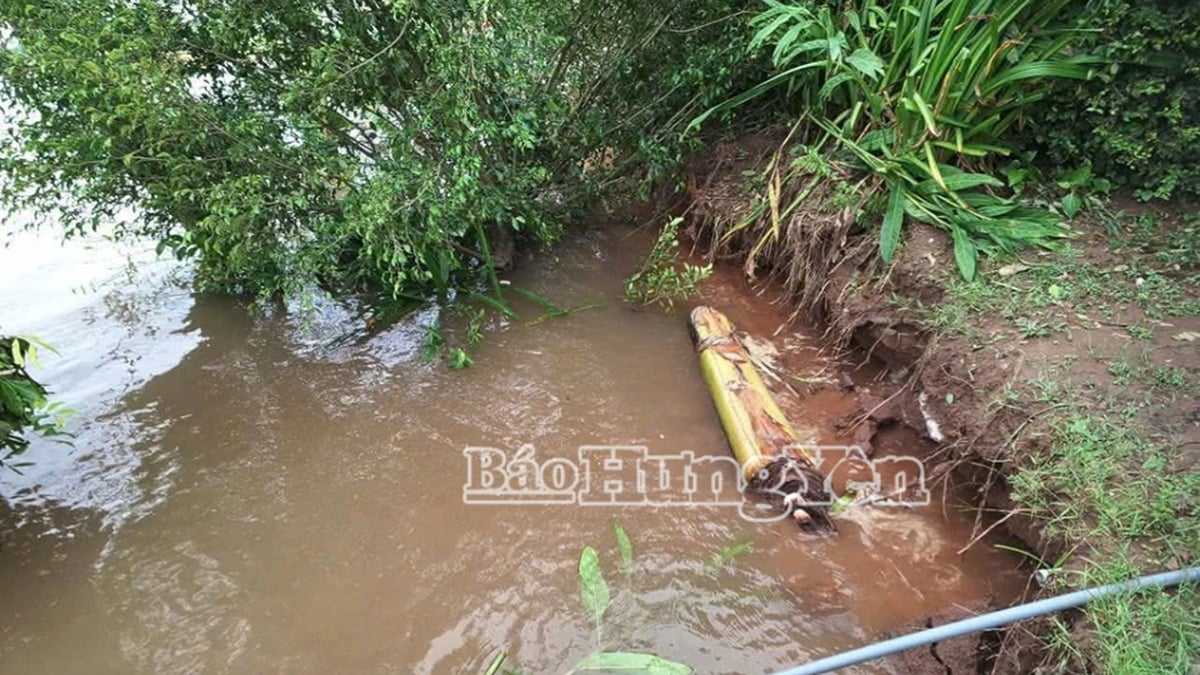


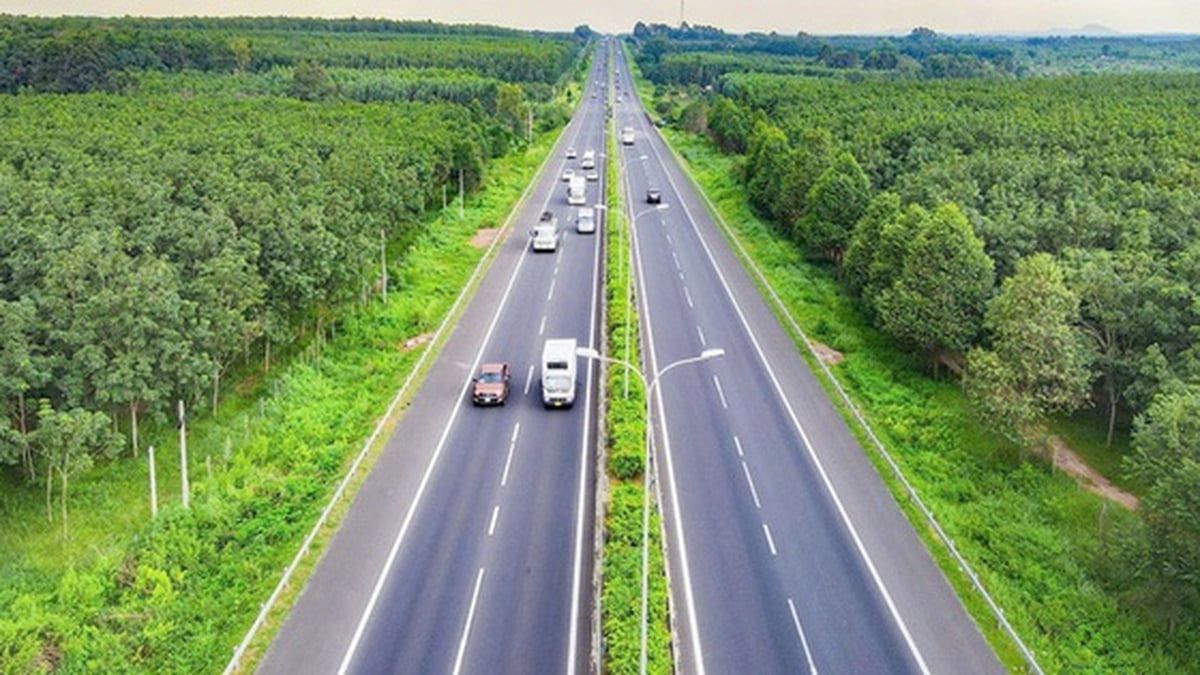

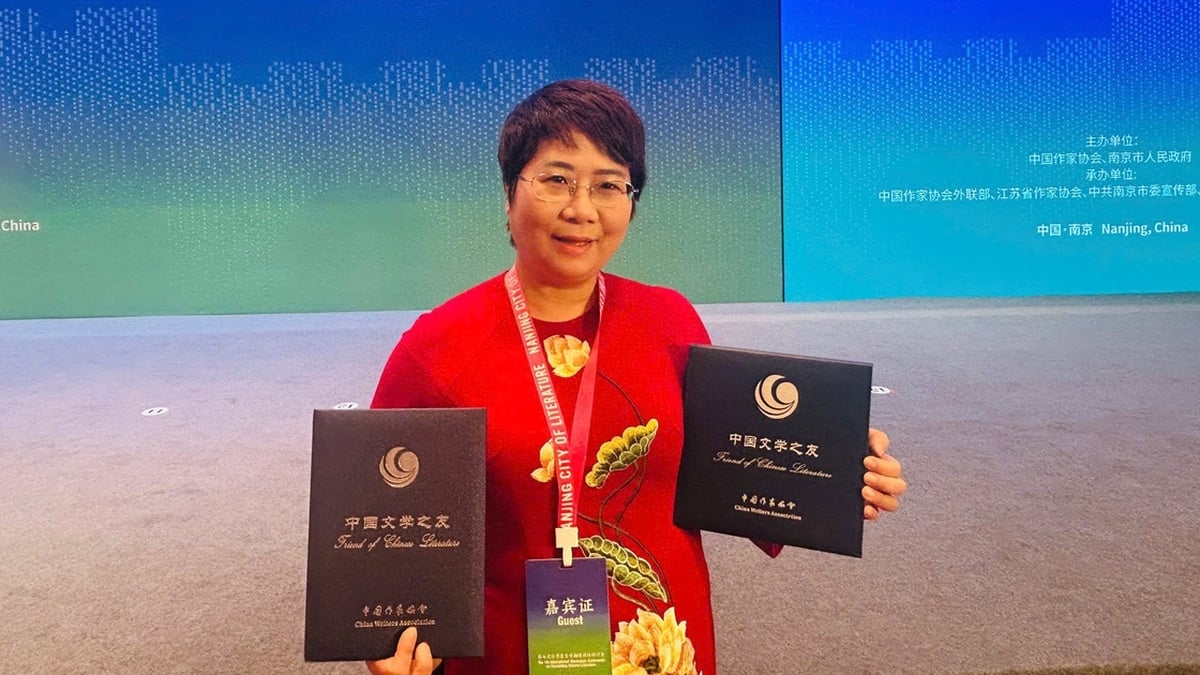












![[Photo] National Assembly Chairman Tran Thanh Man visits Vietnamese Heroic Mother Ta Thi Tran](https://vphoto.vietnam.vn/thumb/1200x675/vietnam/resource/IMAGE/2025/7/20/765c0bd057dd44ad83ab89fe0255b783)













































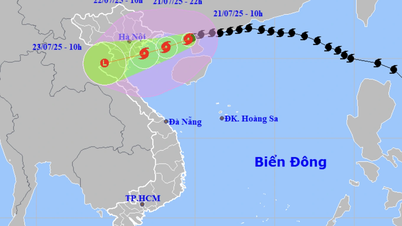
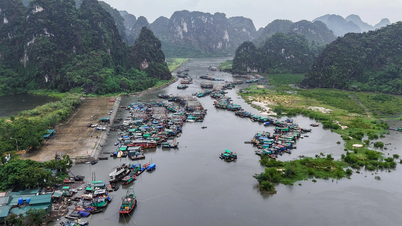






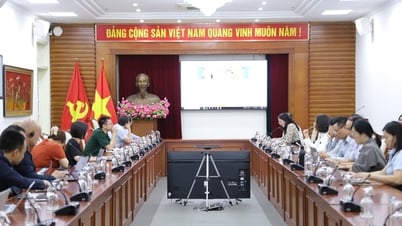





















Comment (0)